| |
|
|
Botanical Name |
: |
Ocimum basilicum L. |
English
Name |
: |
Sweet. French or Common Basil; Oil of Basil |
Synonym(s) |
: |
Ocimum anisatum; Basilicum citratum. |
Family |
: |
Lamiaceae |
| |
General Info
| Description |
 |
|
This is a hairy, labiate plant, growing about 3 feet high. The stem is obtusely quadrangular, the labiate flowers are white, in whorls in the axils of the leaves, the calyx with the upper lobe rounded and spreading. The leaves, greyish-green beneath and dotted with dark oil cells, are opposite, 1 inch long and 1/3 inch broad, stalked and peculiarly smooth, soft and cool to the touch. Flowers borne in more or less closely set whorls in spicate racemes up to 20 cm long; bracts stalked, shorter than the calyx, ovate, acute; calyx 5 mm long, enlarging in fruit, lower lip with the 2 central teeth longer than the rounded upper lip; corolla 8 to 13 mm long, white, pink or purplish Fruits (nutlets) 2 mm long, narrowly ellipsoid, black, pitted, mucilaginous when wet. |
| Herb Effects |
 |
|
Improves digestion, stimulates the flow of bile and alleviates spasms (related to digestion); antifungal (essential oil); antibacterial (essential oil, alcohol extract of leaf and flower, aqueous flower extract); carminative (flower and plant); anthelminthic. |
Chemistry
| Active Ingredients |
 |
|
1,8-cineole, anethole, apigenin, ascorbic acid, beta-carotene, beta-sitosterol, caffeic acid, cineole, citronellol, eugenol, geranial, kaempferol, limonene, luteolin, methylchavicol, ocimene, quercetin, rosmarinic acid, rutin, thymol, ursolic acid, estragole and alpha-terpineol (essential oil). |
| Chemistry
of Active Ingredients |
 |
|
|
 |
Name |
CAS# |
IUPAC Name |
Formula |
Structure |
 |
|
| 1,8-cineole |
8024-53-1 |
2,2,4-trimethyl-3-ox
abicyclo[2.2.2]octan
e |
C10H18O |
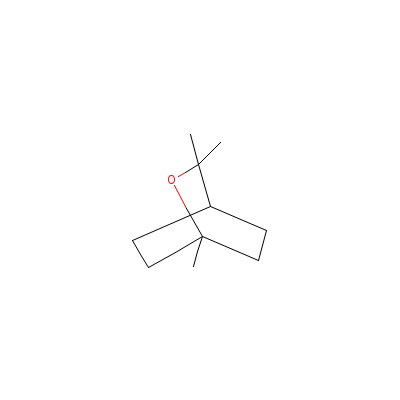
|
| Anethole |
8022-08-0 |
1-methoxy-4-prop-1-e
nyl-benzene |
C10H12O |
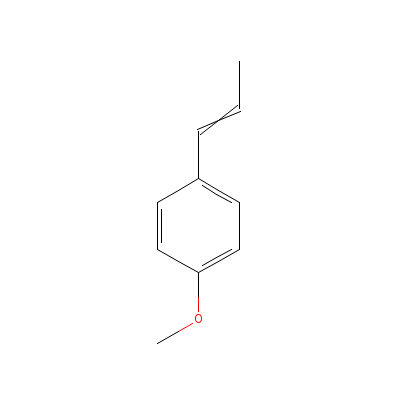
|
| Apigenin |
520-36-5 |
4,5-dihydroxy-2-(4-h
ydroxyphenyl)-chrome
n-7-one |
C15H10O5 |
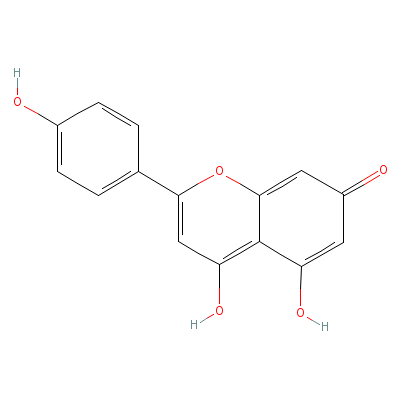
|
| Ascorbic acid |
Not Available |
2-(1,2-dihydroxyethy
l)-4,5-dihydroxy-fur
an-3-one |
C6H8O6 |

|
| beta-Carotene |
Not Available |
3,7,12,16-tetramethy
l-1,18-bis(2,6,6-tri
methyl-1-cyclohexeny
l)-octadec
a-1,3,5,
7,9,11,13,15,17-nona
ene |
C40H56 |

|
| beta-Sitosterol |
5779-62-4 |
17-(5-ethyl-6-methyl
-heptan-2-yl)-10,13-
dimethyl-2,3,4,7,8,9
,11,12,14,
15,16,17
-dodecahydro-1H-cycl
openta[a]phenanthren
-3-ol |
C29H50O |
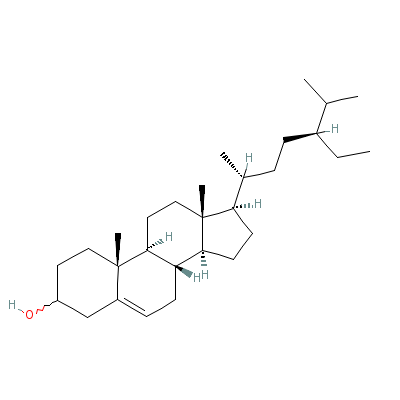
|
| Caffeic acid |
Not Available |
3-(3,4-dihydroxyphen
yl)prop-2-enoic acid |
C9H8O4 |
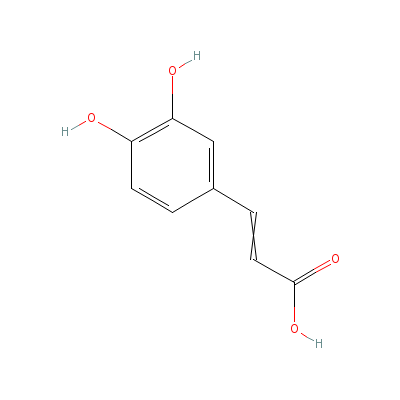
|
| Cineole |
8024-53-1 |
2,2,4-trimethyl-3-ox
abicyclo[2.2.2]octan
e |
C10H18O |
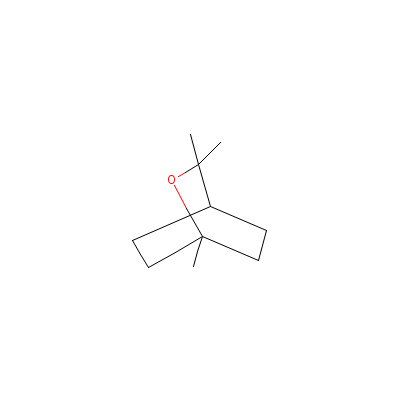
|
| Citronellol |
26489-01-0 |
3,7-dimethyloct-6-en
-1-ol |
C10H20O |
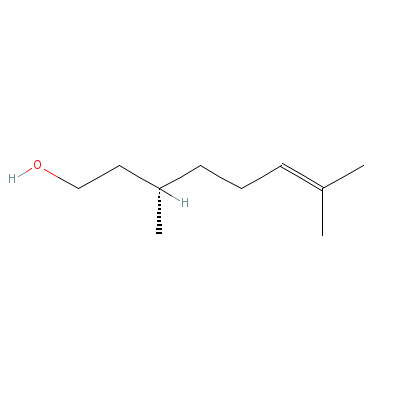
|
| Eugenol |
97-53-0 |
2-methoxy-4-prop-2-e
nyl-phenol |
C10H12O2 |
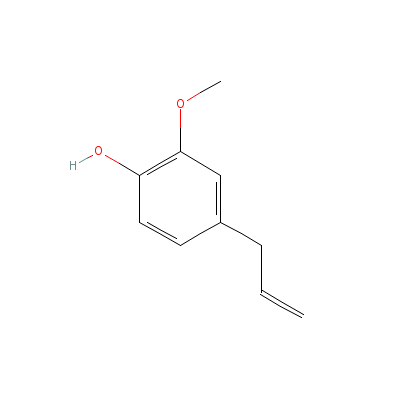
|
| Geranial |
141-27-5 |
3,7-dimethylocta-2,6
-dienal |
C10H16O |
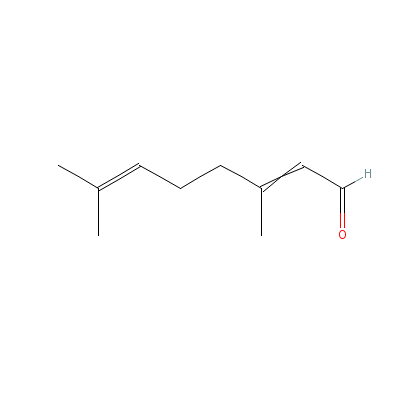
|
| Kaempferol |
80714-53-0 |
3-[3-[4,5-dihydroxy-
6-(hydroxymethyl)-3-
[3,4,5-trihydroxy-6-
(hydroxyme
thyl)oxa
n-2-yl]oxy-oxan-2-yl
]oxy-4,5-dihydroxy-6
-(hydroxymethyl)oxan
-2
-yl]oxy-4,5-dihy
droxy-2-(4-hydroxyph
enyl)-chromen-7-one |
C33H40O21 |
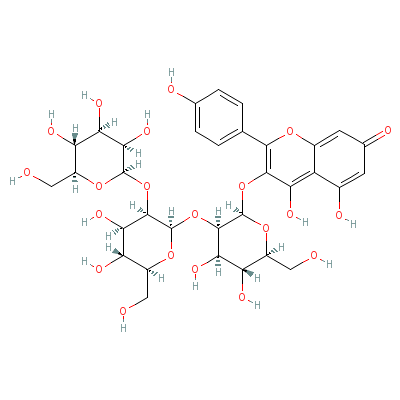
|
| Limonene |
9003-73-0 |
1-methyl-4-prop-1-en
-2-yl-cyclohexene |
C10H16 |
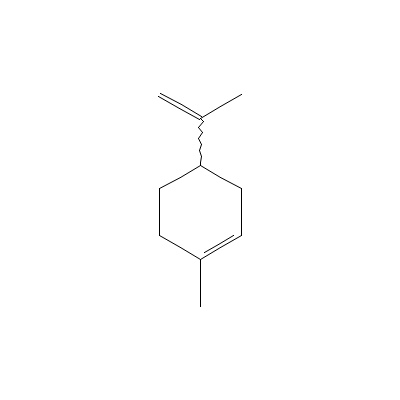
|
| Luteolin |
Not Available |
2-(3,4-dihydroxyphen
yl)-4,5-dihydroxy-ch
romen-7-one |
C15H10O6 |
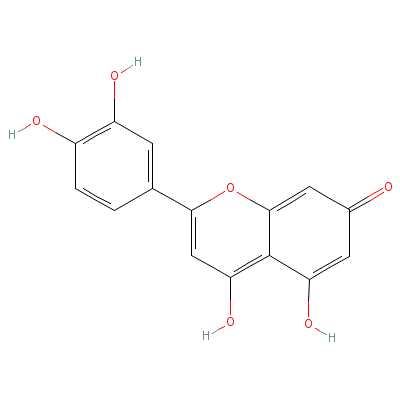
|
| Ocimene |
13877-91-3 |
3,7-dimethylocta-1,3
,6-triene |
C10H16 |
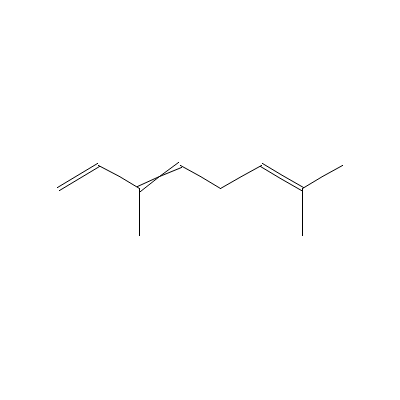
|
| Quercetin |
Not Available |
2-(3,4-dihydroxyphen
yl)-3,4,5-trihydroxy
-chromen-7-one |
C15H10O7 |
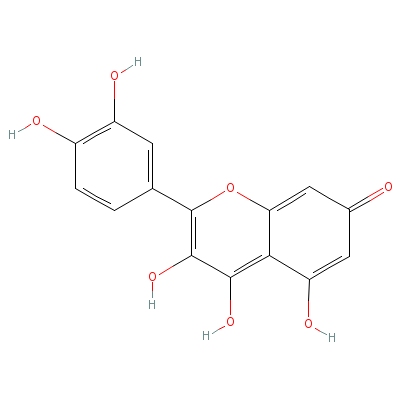
|
| Rosmarinic acid |
537-15-5 |
3-(3,4-dihydroxyphen
yl)-2-[3-(3,4-dihydr
oxyphenyl)prop-2-eno
yloxy]prop
anoic
acid |
C18H16O8 |
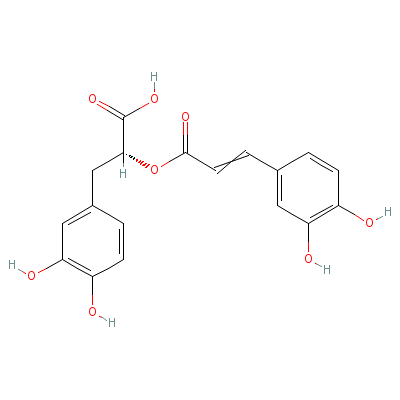
|
| Rutin |
Not Available |
2-(3,4-dihydroxyphen
yl)-4,5-dihydroxy-3-
[3,4,5-trihydroxy-6-
[(3,4,5-tr
ihydroxy
-6-methyl-tetrahydro
pyran-2-yl)oxymethyl
]tetrahydropyran-2-y
l]
oxy-chromen-7-on
e trihydrate |
C27H36O19 |
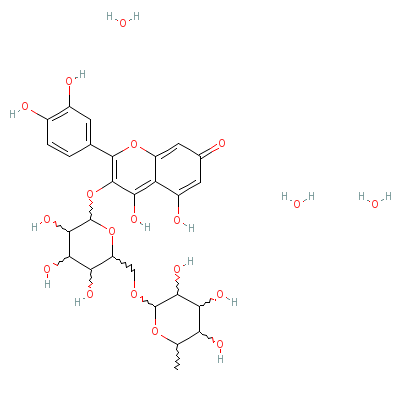
|
| Thymol |
89-83-8 |
5-methyl-2-propan-2-
yl-phenol |
C10H14O |
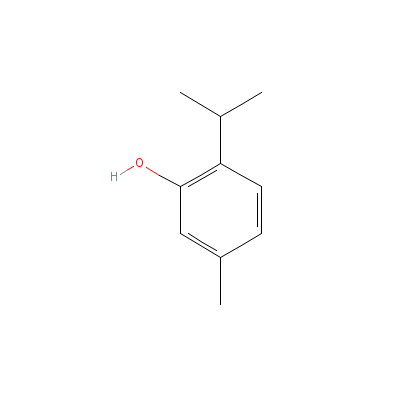
|
| Estragole |
77525-18-9 |
1-methoxy-4-prop-2-e
nyl-benzene |
C10H12O |
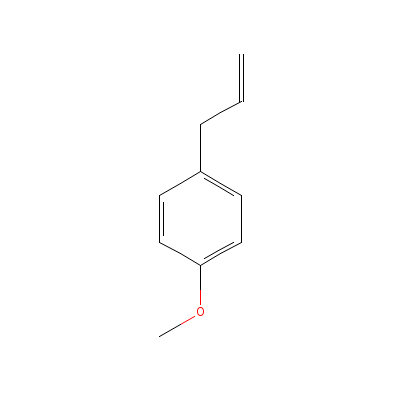
|
| alpha-Terpineol |
10482-56-1 |
2-(4-methyl-1-cycloh
ex-3-enyl)propan-2-o
l |
C10H18O |
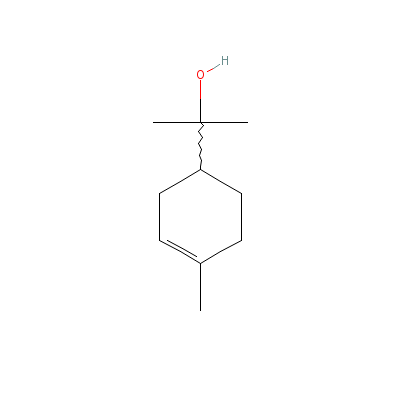
|
| Ursolic acid |
77-52-1 |
10-hydroxy-1,2,6a,6b
,9,9,12a-heptamethyl
-2,3,4,5,6,6a,7,8,8a
,10,11,12,
13,14b-t
etradecahydro-1H-pic
ene-4a-carboxylic
acid |
C30H48O3 |
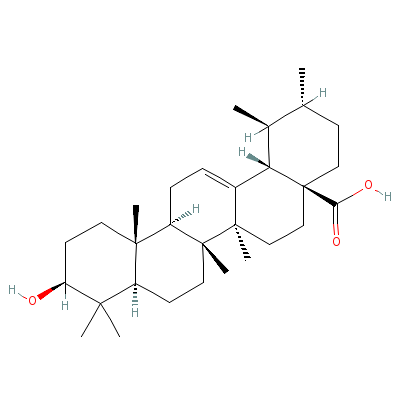
|
|
Pharmacology
| Medicinal Use |
 |
|
Sweet basil acts principally on the digestive and nervous systems, easing flatulence, stomach cramps, colic and indigestion. It is taken internally in the treatment of feverish illnesses, poor digestion, nausea, abdominal cramps, gastro-enteritis, migraine, insomnia, depression and exhaustion. Externally, they are used to treat acne, loss of smell, insect stings, snake bites and skin infections. The mucilaginous seed is given in infusion in the treatment of gonorrhoea, dysentery and chronic diarrhoea. It is remove film and opacity from the eyes also. The root is used in the treatment of bowel complaints in children. Extracts from the plant are bactericidal and are also effective against internal parasites. |
| Contraindication |
 |
|
Pregnant women should avoid therapeutic doses, Can cause buildup of toxic substances (including mercury) if used long-term; estragole is a known hepatocarcinogen in animals. Used in moderation, It may irritate people with sensitive skin |
| Reference |
 |
|
 Chandel et al., Biodiversity in Medicinal and Aromatic Plants in India. Chandel et al., Biodiversity in Medicinal and Aromatic Plants in India.
The Himalaya Drug Company.
Stary, The Natural Guide to Medicinal Herbs and Plants. |
|
|